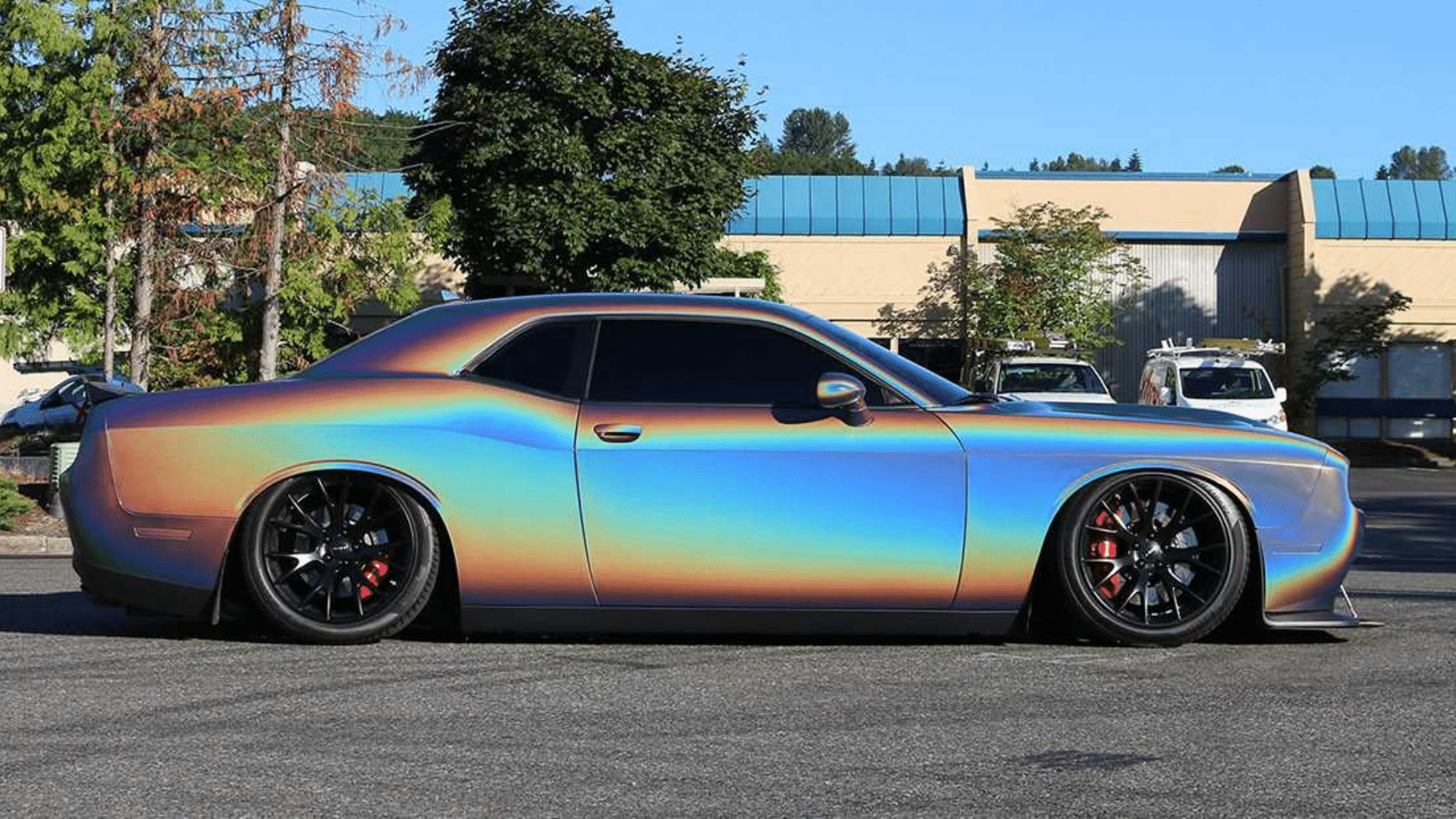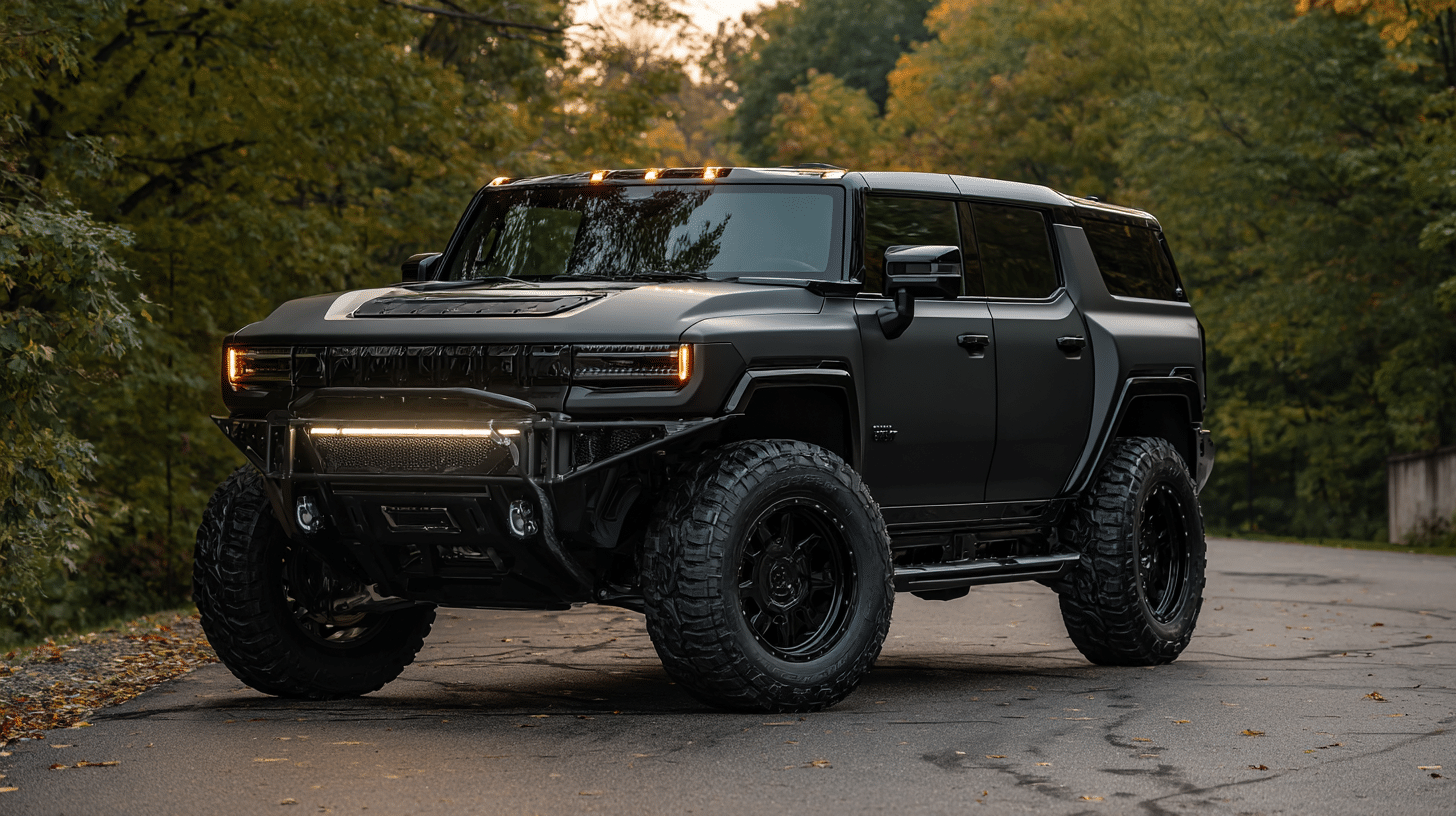When I first looked into getting a commercial driver’s license (CDL), I had no idea what all the different classes meant.
I kept seeing Class A, B, and C, and honestly, it was confusing. I didn’t know what kind of truck each license allowed me to drive, or which one I even needed for the kind of job I wanted.
If you’re in the same boat, don’t worry. In this simple guide, I’ll explain the three main CDL license classes.
I’ll walk you through what each one covers, the types of trucks involved, and what kinds of jobs they’re tied to.
No matter if you’re aiming for long-haul routes, local delivery, or transporting people, you’ll know exactly where you fit by the end of this read.
What Is a CDL (Commercial Driver’s License)?
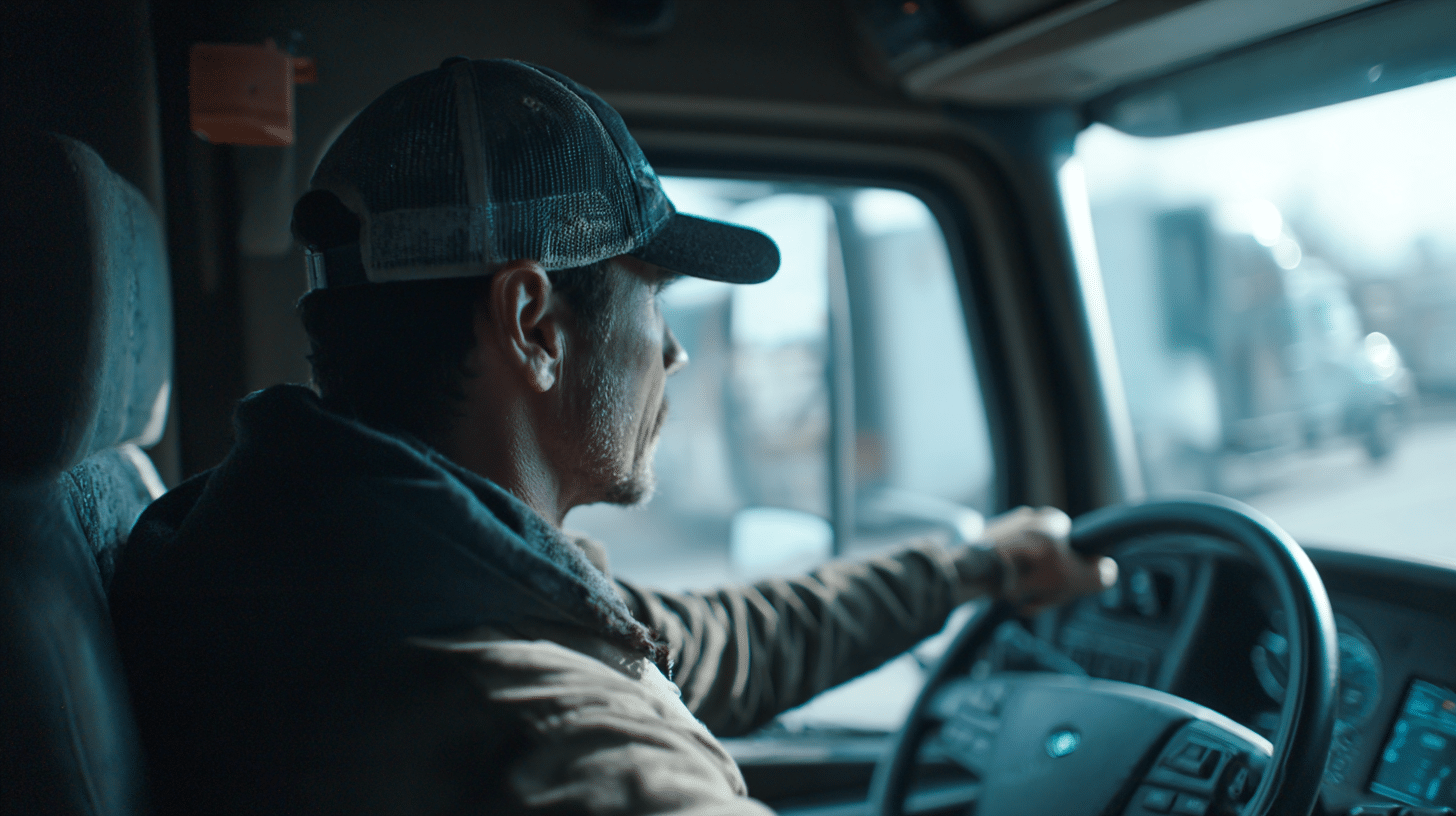
A CDL is a special license you need if you want to drive large or heavy vehicles that are used for business. These aren’t your everyday pickups or SUVs.
We’re talking about big rigs, buses, tankers, and other commercial trucks.
You need a CDL if:
- The vehicle is over 26,001 pounds
- You’re hauling hazardous materials
- You’re driving 16+ passengers, including the driver
The Federal Motor Carrier Safety Administration (FMCSA) sets the basic rules for CDLs, but your state’s DMV or DOL runs the actual testing and licensing.
There are three CDL classes: A, B, and C. Each one covers a different type of commercial vehicle based on size, weight, and how it’s used.
Overview of CDL Truck Classes
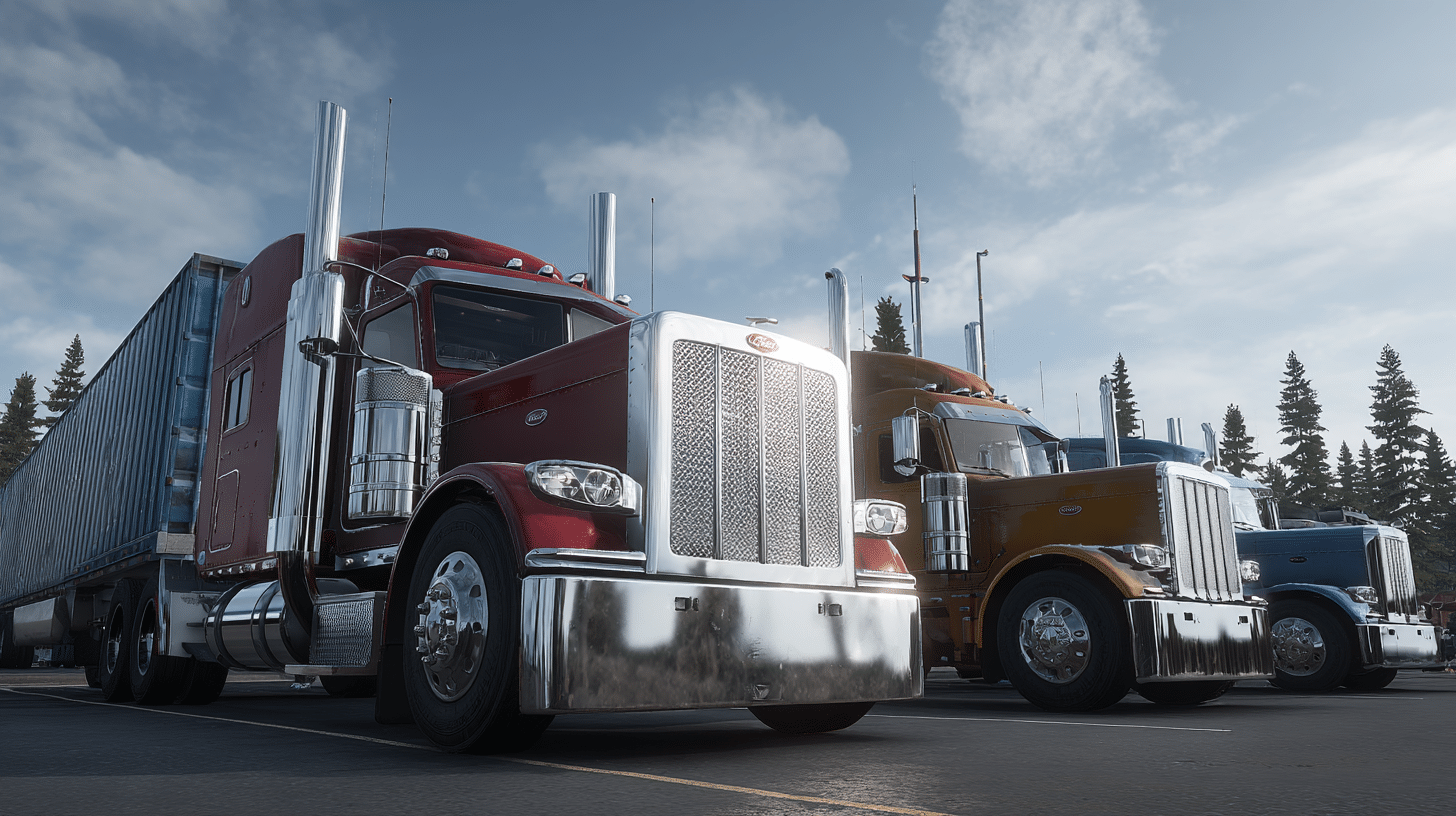
CDL licenses are sorted based on gross vehicle weight rating (GVWR) and the vehicleis intended use. Here’s a quick breakdown:
| License Class | What You Can Drive | Typical Jobs |
|---|---|---|
| Class A | Big rigs, tractor-trailers, flatbeds | Over-the-road trucking, freight |
| Class B | Dump trucks, buses, delivery trucks | School bus, local delivery, utility |
| Class C | Passenger vans, hazmat under 26,001 lbs | Shuttle drivers, hazmat transport |
Class A CDL: Heavy Combination Vehicles
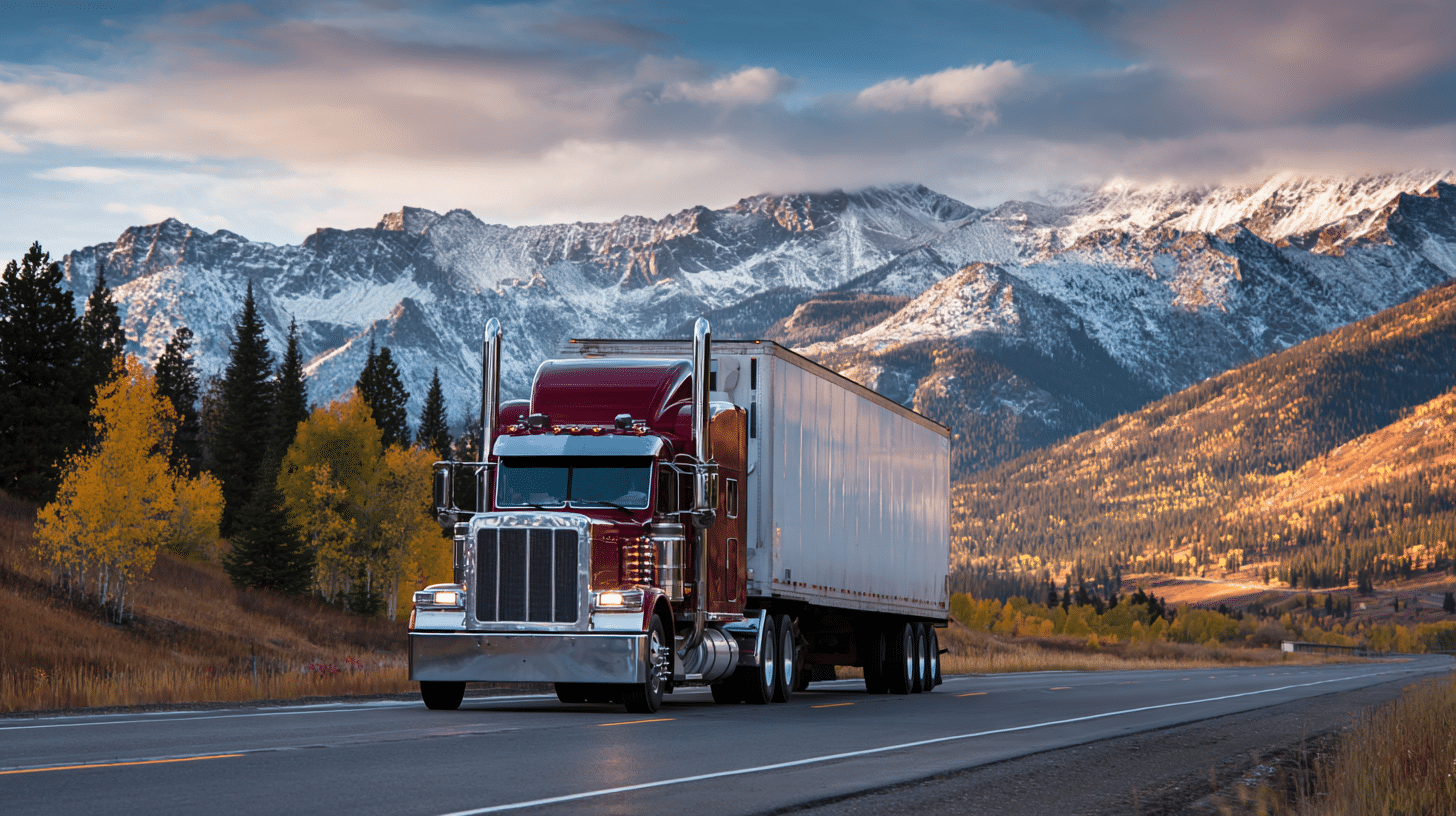
Thinking of driving the biggest rigs on the road? A Class A Commercial Driver’s License (CDL) gives you access to the heaviest combination vehicles in the industry.
From long-haul freight to specialty hauling, this license opens the door to a wide range of high-demand trucking jobs.
What You Can Drive
With a Class A CDL, you can drive the biggest rigs on the road. This includes:
- Tractor-trailers (also called semis or 18-wheelers)
- Flatbed trucks
- Livestock carriers
- Tankers
- Any combination vehicles over a certain weight
If the combined weight of your truck and trailer is 26,001 lbs or more, and the trailer weighs over 10,000 lbs, you need a Class A.
Minimum Requirements
- Age: Usually 21 for interstate, 18 for in-state
- Medical exam: Must pass a DOT physical
- Tests: Written knowledge and driving skills
- Training: Entry-Level Driver Training (ELDT) required by FMCSA
Typical Jobs
Most folks with a Class A license go for jobs like:
- Cross-country freight hauler
- Long-distance delivery
- Tanker or livestock transport
- Flatbed or specialty hauling
If flexibility and higher-paying driving jobs are your goal, Class A is your best bet. It’s the most versatile CDL, qualifying you for everything from regional freight to nationwide transport.
Just meet the requirements, complete your training, and you’re ready to roll.
Class B CDL: Heavy Straight Vehicles
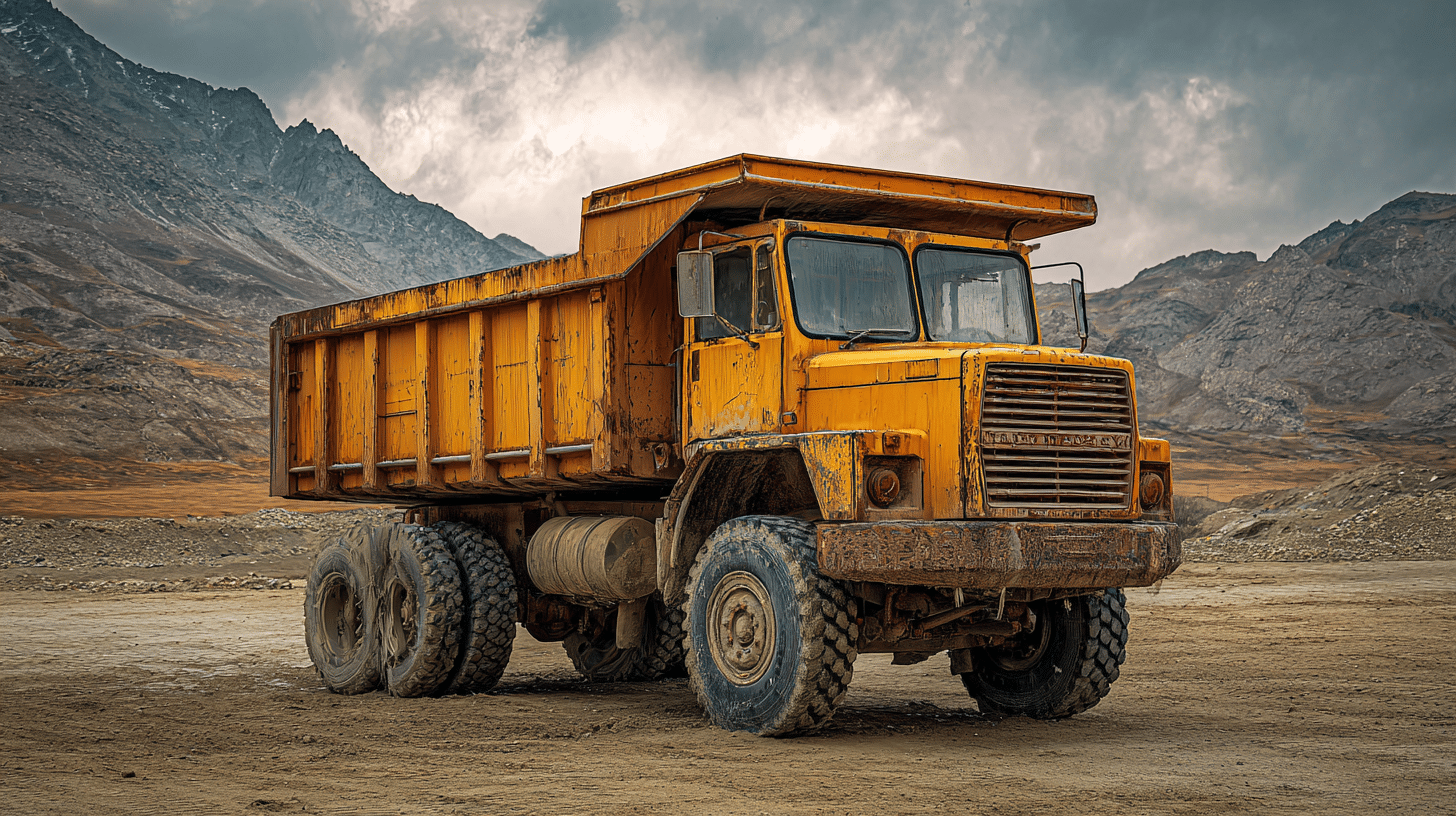
Want to stay local but still handle serious equipment? A Class B CDL lets you drive big, single-body vehicles without the need to haul large trailers. It’s a solid option for steady, close-to-home commercial driving jobs.
What You Can Drive
A Class B CDL is for single vehicles that are heavy but don’t pull a big trailer. These include:
- Dump trucks
- Straight trucks (where the cargo and cab are one piece)
- Large buses like school buses, city buses, or tourist buses
- Box trucks and delivery vehicles (like FedEx or UPS trucks)
Requirements
- Vehicle must be 26,001 lbs or more
- Trailer must be 10,000 lbs or less
- Same age and training requirements as Class A
Typical Jobs
You’ll often see Class B drivers working:
- School bus routes
- Local or regional delivery
- Garbage collection
- Utility or maintenance trucks
If you prefer local routes, consistent schedules, and less time away from home, Class B is a great choice. It gives you access to essential jobs in cities, towns, and suburbs without the commitment of long-haul travel.
Class C CDL: Small Vehicles with Special Use
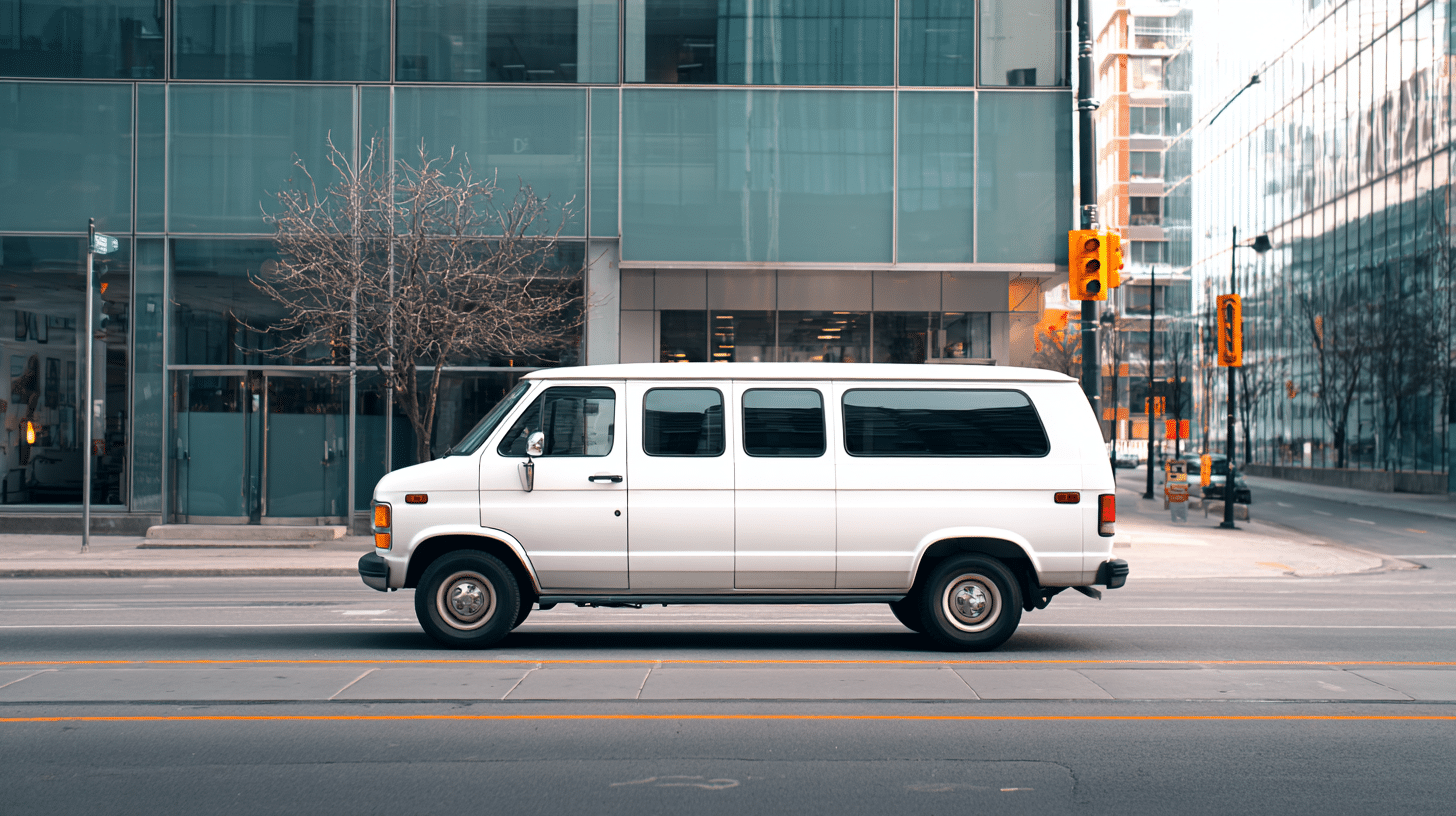
Looking for something more specific or specialized? A Class C CDL covers commercial vehicles that carry passengers or hazardous materials, but fall below the weight limits of Class A or B licenses.
What You Can Drive
A Class C CDL is for smaller commercial vehicles that either:
- Carry 16 or more passengers
- Haul hazardous materials
- Don’t meet the weight levels of Class A or B
You might use a Class C to drive:
- Church or shuttle vans
- Paratransit buses
- Hazmat vans under 26,001 lbs
Requirements
- Pass a background check for hazmat
- Medical exam and basic CDL tests
- Often requires extra endorsements
Typical Jobs
With a Class C license, you could:
- Drive a small passenger shuttle
- Deliver medical gases or flammable liquids
- Work for hospitals, airports, or small private fleets
It’s a niche license, but highly valuable if you’re aiming for a specific role. Be it moving people or handling sensitive cargo, Class C gets you in the door for unique commercial driving opportunities.
Where to Get a CDL License?
Once you’ve decided which CDL class you need, A, B, or C, your next step is getting licensed.
CDLs are issued by your state’s Department of Motor Vehicles (DMV) or Department of Licensing (DOL), depending on where you live.
While the rules come from the Federal Motor Carrier Safety Administration (FMCSA), the testing and paperwork are handled at the state level.
I’ve provided a step-by-step process for how to get these licenses.
Step-by-Step Process of Getting a CDL License
- Visit your state DMV or DOL website to check the exact requirements (they vary slightly by state).
- Look for the Commercial Driver License (CDL) section on their site.
- Schedule your CDL permit test (you’ll need to pass a written exam first).
- Enroll in a registered Entry-Level Driver Training (ELDT) program if required.
- Once ready, take the skills test (road test with a commercial vehicle).
Most states also offer CDL handbooks or study guides you can download for free.
Tip: Just search “[your state] CDL license site” to find the official page quickly. Make sure it ends in .gov so you know it’s legit.
Conclusion
Choosing the right CDL license comes down to knowing what kind of driving you want to do.
If you’re interested in hauling freight cross-country, making local deliveries, or transporting people or hazardous materials, there’s a specific license designed for that path.
Classes A, B, and C may sound similar, but each opens different career doors based on the size and purpose of the vehicle.
Once you understand the differences, the decision becomes clearer and more exciting.
With the right training and a bit of planning, you’ll be on the road to a solid, well-paying job that fits your lifestyle and goals.







